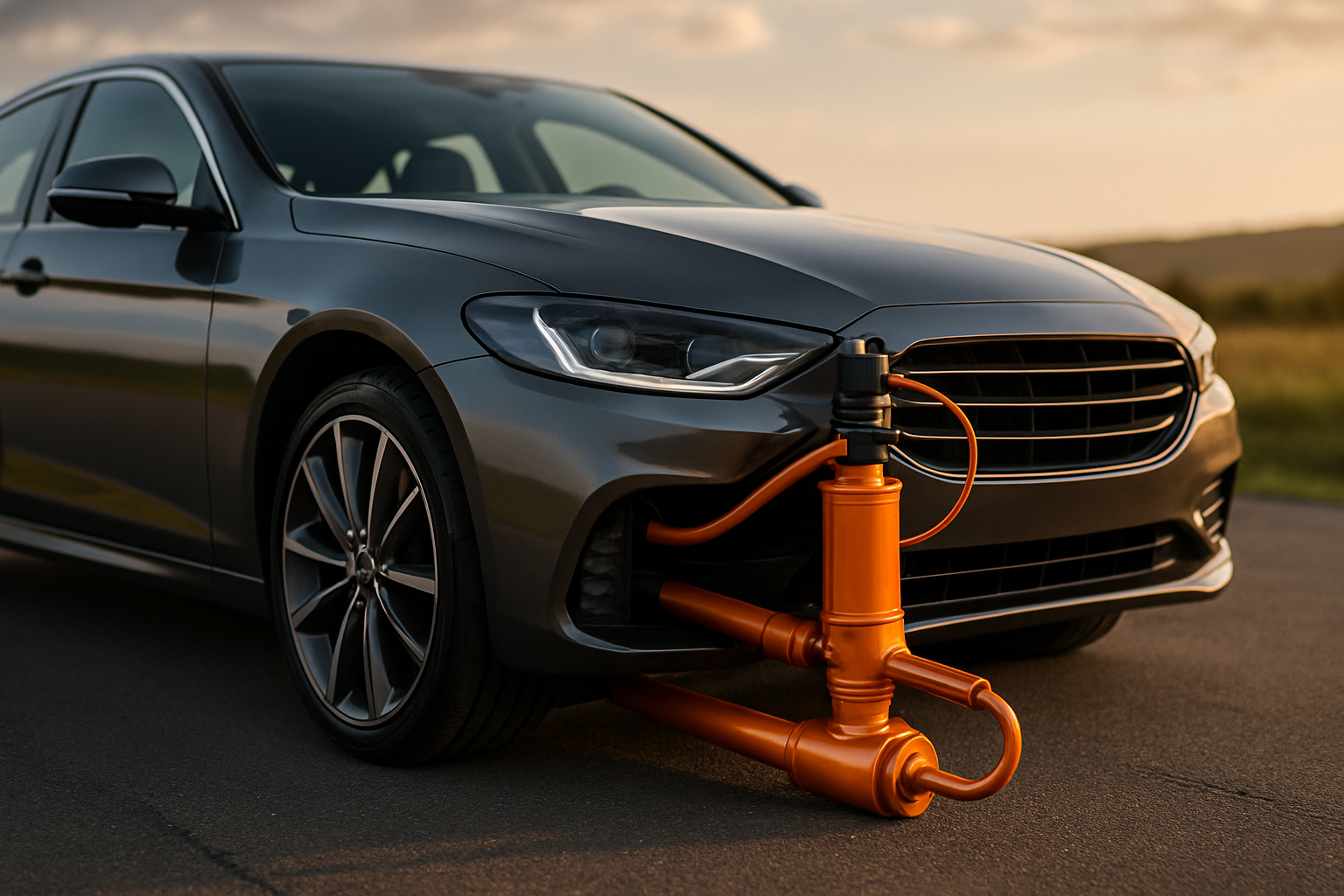Hydraulic Suspension: The Fluid Dynamics of Automotive Comfort
Ride comfort and handling precision are two critical aspects of automotive engineering that often seem at odds. Enter hydraulic suspension, a technology that revolutionizes the way vehicles interact with road surfaces. This innovative system harnesses the power of fluid dynamics to create a driving experience that's smooth, responsive, and adaptable to various road conditions. Let's dive into the world of hydraulic suspension and explore how it's reshaping the automotive landscape.

Historical Context and Development
The concept of hydraulic suspension dates back to the 1950s when Citroën introduced the revolutionary DS model. This groundbreaking vehicle featured a hydropneumatic suspension system that used pressurized nitrogen gas and hydraulic fluid to maintain ride height and absorb shocks. While ahead of its time, the technology was complex and expensive, limiting its widespread adoption.
Modern Advancements in Hydraulic Suspension
Today’s hydraulic suspension systems have come a long way from their early predecessors. Advanced computer controls, high-pressure accumulators, and sophisticated valving techniques have transformed hydraulic suspension into a highly refined technology. Modern systems can adjust damping rates hundreds of times per second, providing unparalleled responsiveness to changing road conditions.
The Inner Workings of Hydraulic Suspension
At the heart of a hydraulic suspension system lies a network of fluid-filled cylinders, pumps, and valves. As the vehicle encounters bumps or dips in the road, the cylinders compress or extend, forcing fluid through a series of precisely calibrated valves. These valves control the rate at which fluid can flow, effectively determining the suspension’s stiffness at any given moment.
Adaptive Capabilities and Driver Experience
One of the most significant advantages of hydraulic suspension is its adaptive nature. By continuously monitoring factors such as vehicle speed, steering input, and road surface conditions, the system can instantaneously adjust its damping characteristics. This results in a ride that’s soft and compliant when cruising on the highway but firm and responsive during spirited driving or emergency maneuvers.
Performance Benefits and Handling Improvements
Beyond comfort, hydraulic suspension systems offer substantial performance benefits. By maintaining optimal tire contact with the road surface, these systems enhance traction, cornering ability, and overall vehicle stability. This is particularly evident in high-performance applications, where the ability to precisely control body roll and weight transfer can shave seconds off lap times.
Challenges and Considerations
While hydraulic suspension technology offers numerous advantages, it’s not without its challenges. The complexity of these systems can lead to higher maintenance costs and potential reliability issues compared to traditional suspension setups. Additionally, the added weight of hydraulic components can impact fuel efficiency, although this is often offset by improved aerodynamics due to the ability to lower ride height at high speeds.
Integration with Other Vehicle Systems
Modern hydraulic suspension systems don’t operate in isolation. They’re increasingly integrated with other vehicle systems such as stability control, active steering, and even powertrain management. This holistic approach to vehicle dynamics allows for unprecedented levels of control and customization, blurring the lines between comfort-oriented luxury vehicles and track-focused sports cars.
Future Developments and Potential Applications
As automotive technology continues to evolve, so too does the potential of hydraulic suspension systems. Engineers are exploring ways to further reduce system complexity while improving responsiveness and efficiency. Some promising areas of development include the use of magnetorheological fluids, which can change viscosity in response to magnetic fields, and the integration of energy recovery systems to capture and repurpose kinetic energy typically lost during suspension movement.
Environmental Considerations and Sustainability
In an era of increasing environmental awareness, the automotive industry is under pressure to reduce its ecological footprint. Hydraulic suspension systems are being reimagined with sustainability in mind. Manufacturers are exploring bio-based hydraulic fluids and developing more efficient pumps and valves to minimize energy consumption. These efforts not only address environmental concerns but also contribute to improved vehicle efficiency and performance.
Conclusion
Hydraulic suspension represents a fascinating intersection of mechanical engineering, fluid dynamics, and computer control. As vehicles continue to evolve, becoming more connected and autonomous, the role of advanced suspension systems will only grow in importance. By providing a platform for unparalleled comfort, safety, and performance, hydraulic suspension is helping to shape the future of automotive design and engineering. As we look to the road ahead, it’s clear that this technology will play a crucial role in defining the driving experience for generations to come.





